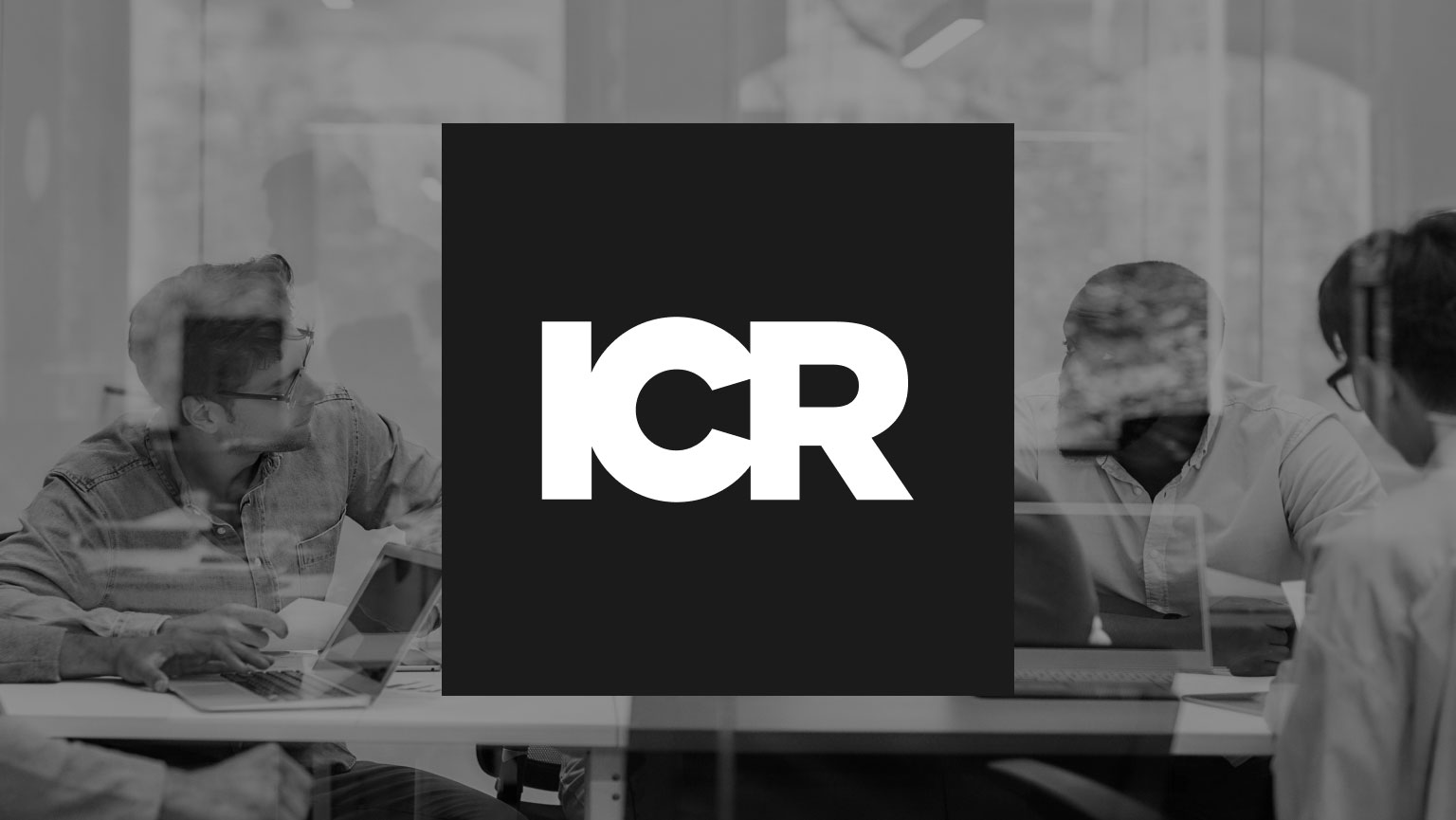When it comes to retirement planning, Roth conversions can be a powerful strategy to optimize your financial future. But it is important to keep in mind that a multi year conversion strategy requires forecasting, telling the future. As such, it is crucial to keep these projections in perspective and avoid over-committing to a single approach. By leveraging Roth conversion projections thoughtfully, you can navigate this process with greater confidence and clarity.
Let’s dive into why these projections matter and how to maintain a balanced perspective while plotting a long-term strategy.
Roth conversions have become immensely popular. They offer a unique combination of tax optimization, retirement flexibility, and estate planning advantages.
Specific benefits of doing conversions include:
- Tax diversification and savings: Roth conversions allow individuals to move funds from traditional retirement accounts (which are taxed upon withdrawal) to Roth IRAs, where qualified withdrawals are tax-free. Under the right circumstances, this move can reduce lifetime tax liability, especially when executed during lower-income years or in anticipation of rising tax rates.
- Reducing Required Minimum Distributions: Unlike traditional IRAs or 401(k)s, Roth IRAs do not require RMDs during the account holder’s lifetime. This gives retirees greater control over their taxable income and withdrawal strategy, helping to manage taxes and preserve assets for later use.
- Tax-Free Growth: Funds in a Roth IRA grow tax-free, making it an attractive option for those who anticipate significant investment growth over time.
- Estate Planning Benefits: Roth IRAs can be passed to heirs tax-free, providing a legacy without saddling beneficiaries with large tax bills. This can be particularly appealing for families aiming to minimize tax burdens across generations.
- Flexibility to Optimize Taxes Over Time: By spreading conversions over multiple years, individuals can manage their tax brackets strategically, avoiding sharp spikes in taxable income while reaping long-term benefits.
- Preempting Future Tax Rate Increases: Many people believe tax rates will rise in the future due to government debt or policy changes. A Roth conversion locks in taxes at today’s rates, offering peace of mind against potential tax hikes.
Planning for Roth Conversions Requires: Estimates, Guesstimates, Explorations, Forecasting, Crystal Ball Reading…
No matter what you call it, trying to foretell the future is impossible. And, any projections for Roth conversions – especially those beyond the current year – are just guesses, estimates, guesstimates, explorations, and soothsaying. Hopefully, they are educated guesses, but it is important to always remember that you can’t predict the future.
It’s easy to get caught up in the long-term benefits that Roth conversions promise, but focusing too much on projections beyond the current year can lead to unrealistic expectations or poor decision-making. Here are some reasons why staying grounded in the present is essential:
- Changing Tax Laws: Future tax policies are unpredictable and could significantly impact the advantages of long-term Roth conversion plans. What seems beneficial today might not hold true years down the line.
- Personal Financial Shifts: Your income, expenses, and retirement goals are likely to change over time. Locking yourself into a rigid strategy can prevent you from adapting to new circumstances.
- Market Volatility: Investment performance can fluctuate, and projecting future returns with precision is nearly impossible. Over-reliance on optimistic growth assumptions may lead to disappointment.
- Shifting Goals for Conversions: The Roth Conversion Planner (part of Boldin’s PlannerPlus) enables you to evaluate conversions to meet different types of goals. Do you want to limit conversions to a certain tax bracket? To maximize your estate at longevity? To avoid IRMAA? Or, to minimize your lifetime tax liability? Will your goal for today’s conversions remain the same into the future?
6 Tips for Planning Roth Conversions for Your Lifetime
1. Think Long Term, Act for the Short Term
Roth conversion planning is inherently a long-term strategy, but the best way to succeed is by focusing on what you can control in the short term. Thinking long-term helps you set the overarching goals for your retirement, such as minimizing taxes, preserving wealth, and maximizing flexibility. Acting short-term, however, allows you to navigate the uncertainties of life and make progress incrementally.
Each year presents a new financial landscape—changes in tax laws, investment performance, or personal income can all shift the optimal course of action. By addressing Roth conversions on a year-by-year basis, you can take full advantage of opportunities while keeping your strategy adaptable. Long-term success in Roth conversions doesn’t come from locking in a rigid plan; it’s about consistently making smart, short-term decisions that build toward your future.
By focusing on what’s actionable this year, you can avoid overanalyzing and ensure steady progress. Roth conversions should be a manageable, year-by-year process rather than an overwhelming long-term commitment.
2. Take an Iterative Approach: Reevaluate Conversion Plans at Least Annually
The key to successful Roth conversion planning lies in taking a long-term, iterative approach. Rather than making a one-time decision, treat Roth conversions as an ongoing process that aligns with your evolving financial situation.
Here’s how:
Monitor and Optimize: Continuously track the performance of your investments and the tax implications of your conversions. Small, incremental adjustments can help you maximize the benefits of Roth conversions over your lifetime.
Create a Lifetime Projection: Use a schedule of lifetime projections to understand how conversions fit into your overall financial picture. These projections should account for anticipated changes in income, spending, tax rates, and investment growth.
Lock in This Year’s Conversion: Analyze your current year’s financial circumstances to determine how much to convert without pushing yourself into an unfavorable tax bracket or triggering undesirable consequences, such as higher Medicare premiums.
Reassess Annually: Your financial situation, tax laws, and market conditions can change from year to year. Revisit your projections annually to adjust your strategy as needed. This iterative process allows you to respond dynamically to changes while staying aligned with your long-term goals.
Maintain Perspective: Recognize that projections are tools, not guarantees. Use them to inform your decisions while remaining flexible and open to adjustments as life unfolds.
As Coach Nancy said, Roth conversions are a “lather, rinse, repeat” endeavor. You want to constantly re-evaluate as your situation and market conditions evolve.
3. Taxes Can Be Complicated and You May Benefit from Professional Advice
Mathematical models can inform the decision to do Roth conversions. And, you can learn a lot from using a tool like Boldin’s PlannerPlus Roth Conversion Explorer. However, if you are in doubt or if you have a particularly complicated tax situation, then you might benefit from working with a financial advisor.
4. Understand What Goes into the Calculations
Roth conversion projections provide a roadmap for understanding how converting funds from a traditional IRA to a Roth IRA could impact your financial situation over your lifetime. Ideally, they consider factors like your current tax bracket, future tax rates, investment growth, and the implications for Medicare premiums or Social Security taxation.
5. Strive to Be Roughly Right
By being roughly right with your Roth conversion strategies, you focus on making decisions that align with your broad financial goals—like minimizing taxes or maximizing flexibility—without getting bogged down by the impossibility of perfect foresight. Overemphasizing precision can lead to paralysis or costly mistakes when reality diverges from projections.
A roughly right approach allows you to:
- Adjust your strategy as circumstances change.
- Avoid overconfidence in any single prediction.
- Keep your focus on actionable, incremental progress rather than unattainable perfection.
Remember, it’s better to make a good decision today than to wait indefinitely for the perfect answer. Flexibility and adaptability are your greatest assets in Roth conversion planning.
6. Perfect Optimization of Your Financial Life Is an Unrealistic Goal
On the Boldin Retirement Planning Facebook group, there was a recent discussion about the merits of using The Roth Conversion Explorer, a tool that is part of the Boldin Retirement Planner.
It was an important discussion that highlighted the limits of financial modeling. Many users had wise and useful reminders about both the limits and usefulness of planning. Here is a summary of advice:
Russel Q. quoted an old saying, “All models are wrong, some are useful.”
Ivan L. referenced the same quote and added more context saying, “Boldin is a model heavily dependent on user inputs and assumptions. Statistician George Box is quoted as saying ‘all models are wrong but some are useful.’ At best a Boldin conversion strategy should be interpreted as “based and these inputs and these assumptions, knowing what we know today, this is a plausible end result.” In my case, I am making Roth conversions to supposedly mitigate unfavorable RMD conditions 16 years from now. There’s a lot that will change in 16 years, guaranteed.”
Cody Garret, the enormously popular financial advisor, said, “Why isn’t it [financial planning software] precise? Because we can’t control numerous variables – growth/tax/inflation rates, legislative changes, life expectancy, variable income and expenses, future inheritance, dynamic family changes, etc.”
Joe T. wrote elegantly about the limits of modeling: “Neither financial planners, self-directed investors, banks, investment firms, the Treasury Department, the Federal Reserve, nor any system that relies on variable inputs can precisely predict outcomes. Even if AI one day becomes extraordinarily advanced, it will never be able to perfectly foresee the future. Every moment, variables prove their variability—choices are made, and unexpected events occur, often with significant impacts. No matter how well-constructed a financial planning product may be, it can only project likely outcomes based on current conditions.”
Dan T. shared this wisdom: “Roth conversion analysis is more an art than a science, with a little bit of a wish and a prayer. There is not a single deterministic “answer” at the end of the analysis. There is no mathematical equation where you can solve for a single X. There isn’t even a single X, rather there is X(1), X(2), X(3). In the analysis, you have a choice of what goals you want to achieve within the optimization. To make matters even more challenging, a multitude of variables come into play which have assumptions that are clearly not predictable over future years. And even more challenging, these variables are competing with each other. So, yes a planner can solve for X(N) as a theoretical projection, but the probability that the expected end goal will be achieved is unknown. This is the truth of the matter. That is not to say you should not use planner software, as it is still useful to give you at least directionally.“
Mike E. highlighted the usefulness of the Boldin Roth Conversion Explorer (even when it is wrong): “We need to remember that Boldin is a model based on a series of assumptions. All models are ‘wrong’ but some are useful. Boldin is certainly useful. When I say “wrong” I’m not slamming Boldin at all. We just need to realize, as many have pointed out, that our assumptions about the future will never be totally correct. We should aspire to be roughly right vs precisely wrong.“
The Boldin Roth Conversion Explorer: Roughly Right and Not Precisely Wrong
Roth conversion projections are a powerful tool for managing your retirement strategy, but they must be used with a balanced perspective. By taking an iterative, lifetime approach to conversions and staying flexible, you can adapt to changing circumstances and make informed decisions each year.
At Boldin, we’re here to help you navigate this process with clarity and confidence. We know that planning is not a one-time endeavor. Your Boldin Financial Plan is a living document that needs to evolve as you do.
Publisher: Source link










